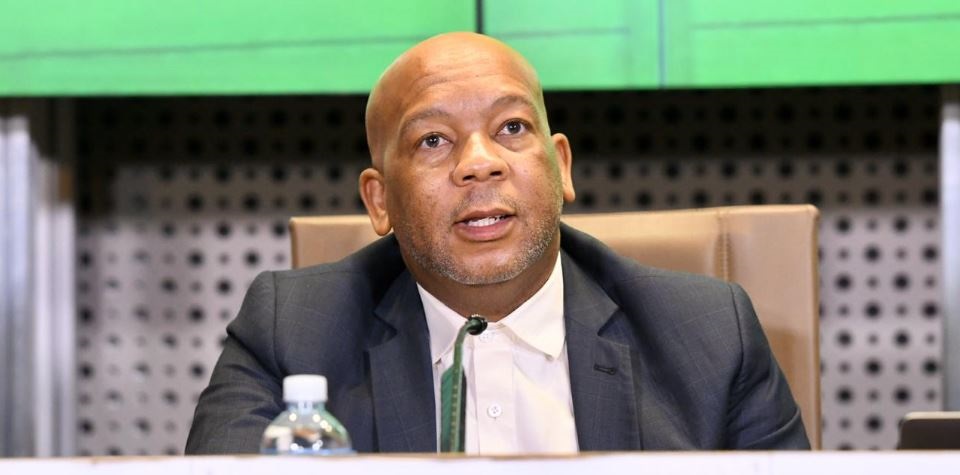Kgosientsho Ramokgopa, the minister of electricity, believes that extending the life of the coal-fired power plants that are scheduled for closure is best for South Africa’s energy requirements. According to Business LIVE, Ramokgopa revealed to the ANC’s National Executive Committee last week that his short-term strategy to reduce rolling blackouts includes depending on additional diesel-powered open-cycle gas turbines and resolving the problems at the five worst coal-powered plants.
However, Ramokgopa underlined the government’s extensive plans to grow renewables on Tuesday at the opening of the Solar & Future Energy Show Africa 2023 in front of a room packed of independent power producers, government representatives, significant energy users, solution suppliers, and academics.
A huge bid window with over 15,000 megawatts of extra renewable energy is anticipated, according to the statement.
In the 12 years since the Renewable Energy Independent Power Producer Procurement Program (Reippp) was introduced, only 6,200 MW have been added.
Ramokgopa said there would be a formal announcement, but “that is the scale of proportion that we’re thinking about.”
The Integrated Resource Plan (IRP), which last came out in 2019, predicts how much power South Africa will need in the next 10 to 20 years and determines what combination of energy will provide the country with a reliable and least-cost electricity service.
It has been criticized for being in dire need of an update, but SA has not even met the targets of an outdated IRP, which includes plans for 33% of the country’s electricity to be produced by renewables by 2030.
To date, South Africa only has about 6.2 gigawatts (GW) of installed capacity for renewables, most of which were installed under the Reippp, making up about 10% of the country’s total 58 GW of installed capacity.
Before unofficially announcing the biggest bid window for renewables SA has ever seen, Ramokgopa said, “The best opportunity to address load shedding in the shortest possible space of time sits with that [thermal] installed capacity.”
He explained that as SA has an installed capacity of thermal energy of about 44,000 megawatts (MW) and a nominal capacity (the power produced after taking away the needs of running a power station) of about 39,000 MW, sorting out the existing infrastructure is the country’s best bet.
“Fix Eskom and improve the availability of existing supply” is the first of five outcomes of the Energy Action Plan, which was unveiled by President Cyril Ramaphosa in July last year.
This is reflected in Ramokgopa’s promises to Eskom employees that the life of aging coal-fired plants needs to be extended.
Ramokgopa did acknowledge the poor performance of the coal fleet and its contribution to rolling blackouts, saying that on average the efficiency (or energy availability factor) of the thermal plants is about 51%, but it can come down to 48%, “and that’s why you see a significant amount of load shedding.”
“Also, the 81 units that are with Eskom are highly unreliable,” said Ramokgopa. He said they keep failing due to a myriad of reasons, “which include… the lack of maintenance over a period of time. Because the Eskom balance sheet was severely constrained, it was unable to make the necessary investment, including maintenance.”
Ramokgopa said that for bid windows 5, 6, and 7, the government would look at procuring battery storage because of the intermittency of renewables.
“Renewables on their own will not be able to sustain the economy,” said Ramokgopa. “They are still relying on the redundancy of thermal, nuclear, and hydro for them to be able to give us the kind of potential that is possible.”
Ramokgopa highlighted how well-placed Africa is for renewables: “Sixty percent of the best solar resources globally are located on the continent. Renewables, including solar, wind, hydropower, and geothermal, may account for over 80% of new power generation by 2030, and I want to argue that, in fact, a significant proportion of that 80% is on the African continent.”
Segomoco Scheppers, the group executive for transmission at Eskom, said at the signing ceremony for Bid Window 5 last September, “The reality is that where we find the best renewable resources in the Northern, Eastern, and Western Cape, the network is not adequately developed.”
Ramokgopa said that even though the Reippp had built 6,000 MW of power, 800 MW were “stranded” in the Northern Cape, “which is our renewable industrial complex.” But there is not sufficient grid capacity to make it possible for us to evacuate those electrons.
“We need to address the issues with government investments in these areas and essentially create a regulatory environment to allow you to make the necessary investment to generate and produce sufficient industrial capacity to make it possible for innovators like yourself to play in that role,” he said.
Ramokgopa began his speech by citing financial institutions that discovered rolling blackouts caused SA’s GDP to decline by 5%, costing the economy between R300 billion and R500 billion.
“People have lost the opportunity to provide for their families; firms have shut down, thus they have a right to be resentful. And for that reason, we’re doing everything we can to make sure we can fix the load shedding issue in our country.

